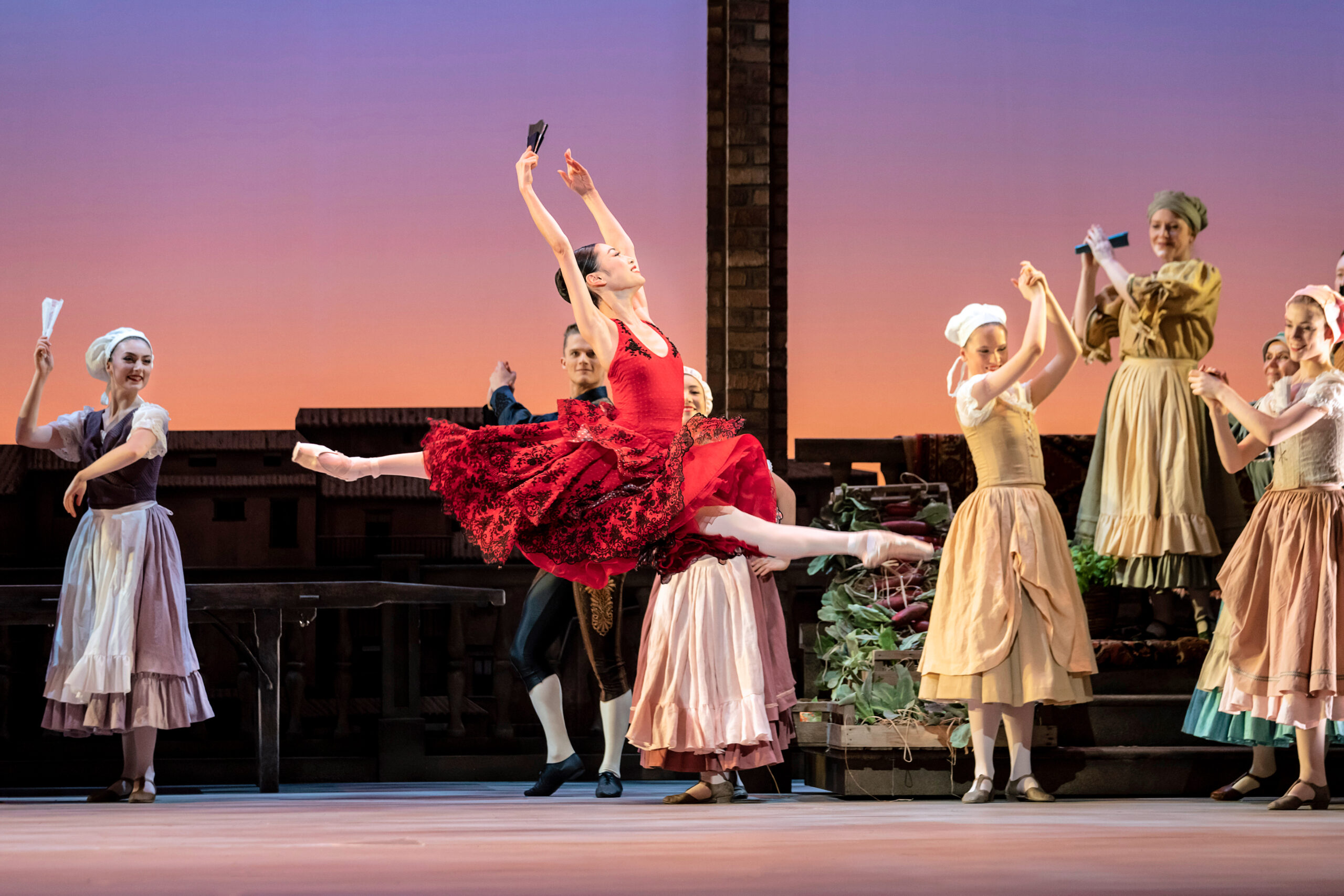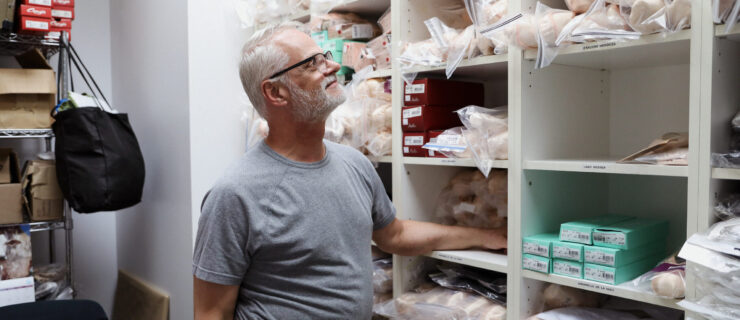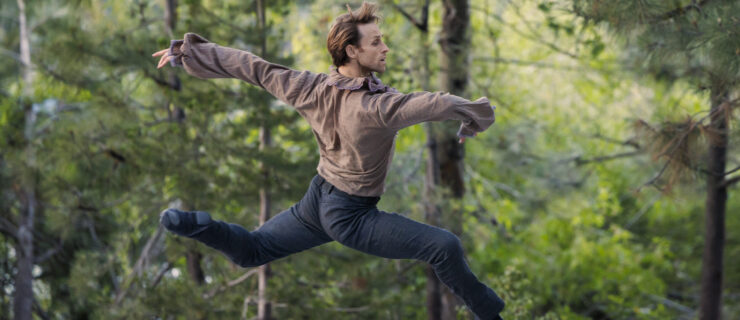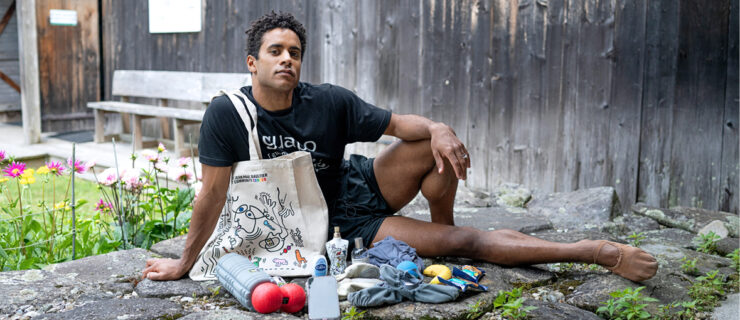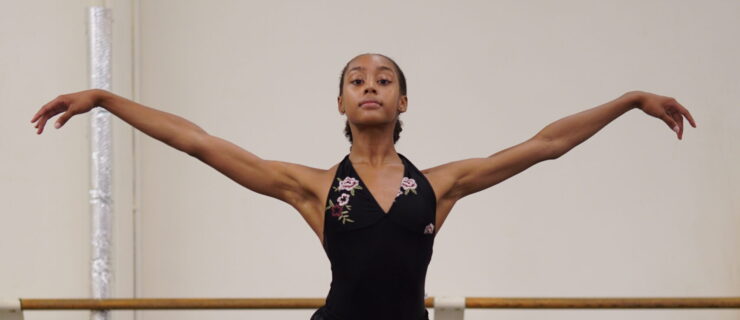Carlos Acosta’s Vision for Birmingham Royal Ballet Is Big and Bold
Unlike the sprawling steel-and-glass buildings that often house American ballet companies, Birmingham Royal Ballet’s studios fill a red-brick warehouse down a narrow street next to the company’s home theater, the Hippodrome.
There artists create world-class ballet for audiences who might not otherwise see it; the city has historically been known more for manufacturing and heavy metal music than for ballet. The company’s evolution in Birmingham, located in the geographic center of England (less than a three-hour train ride from London), started in 1990, at the invitation of Birmingham City Council leaders.
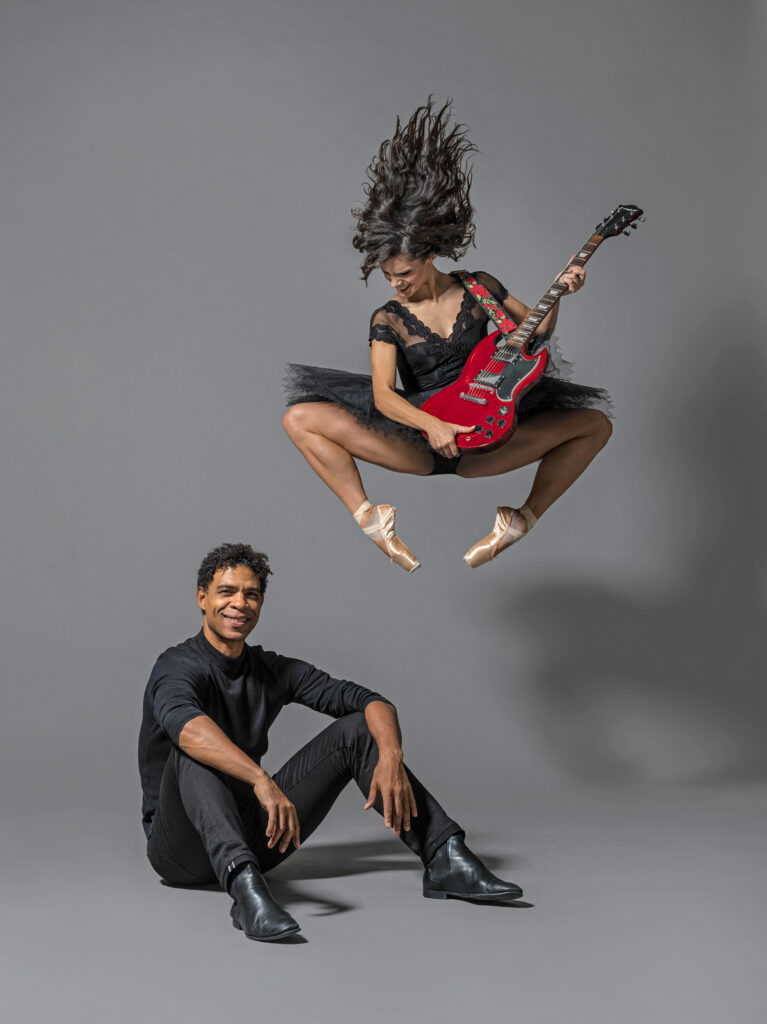
BRB’s previous artistic director, David Bintley, put the company on the map, bringing with him an impressive pedigree and a long association with The Royal Ballet and its school. When Carlos Acosta took over as artistic director in January 2020, he sought to widen the company’s appeal and draw in new, younger audiences with new works while remaining true to the classics. He recently launched a second company, BRB2, and announced a bold new full-length commission, Black Sabbath—the Ballet. And BRB continues to scout and train young dancers from underprivileged areas through its Dance Track program.
“I want the people of Birmingham to feel proud that they don’t have to go to Paris or even to London to see world-class ballet,” Acosta says. “This company is one of the jewels of this city, and I try to bring awareness to that.”
The current season reflects that commitment: In addition to all three Tchaikovsky full-lengths, the lineup includes works by Balanchine, Bintley and Brazilian choreographer Juliano Nunes, as well as Acosta’s interpretation of Dying Swan for BRB2. Going forward, Acosta says, “[there’s] going to be a lot of new things with artists and productions from different parts of the world. We will act as ambassadors of this city.”
Touring Roots
The company’s history goes back to 1931, when Royal Ballet founder Ninette de Valois launched a touring company, then known as the Vic-Wells Ballet and based at Sadler’s Wells Theatre in London. After The Royal Ballet formed and moved to Covent Garden in the 1950s, the second company became known as the Touring Company of the Royal Ballet. In 1987 it received an invitation from the city of Birmingham to take up residence there, thus beginning its current incarnation as Birmingham Royal Ballet. The company still tours heavily throughout the UK, an inherent part of its mission.
Today the Royal Ballet, the Royal Ballet School and Birmingham Royal Ballet remain closely connected. “We’re all very interlinked with the repertoire, the dancers, the staff, the orchestras,” says Caroline Miller, BRB’s CEO.
Developing New Work and Young Talent
Having spent much of his 28-year performing career with London’s Royal Ballet, Acosta feels very much at home in Birmingham, despite his deeply rooted Cuban heritage. He continues to work with Acosta Danza, his own dance company, as well as the Carlos Acosta International Dance Foundation, which offers young dancers the kinds of training opportunities he benefited from in Havana. He travels to Cuba three to four times a year, expertly balancing his various commitments.
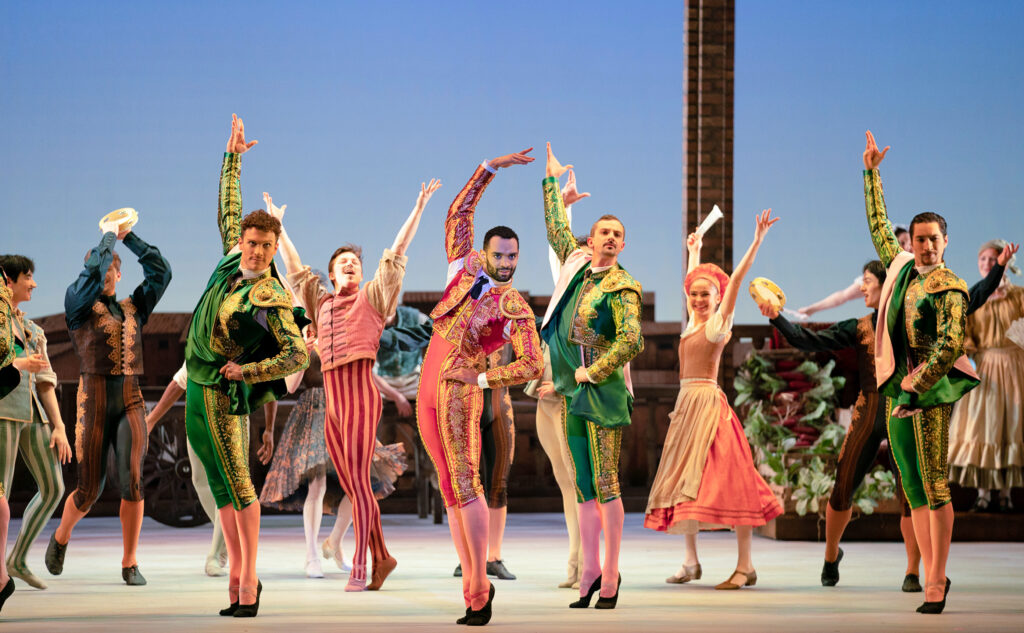
Acosta assumed the BRB artistic directorship during the pandemic; he was unable to work with the company in person at first, which presented challenges. Yet his leadership has already had noteworthy successes—Acosta didn’t lay off any dancers during COVID, and the company produced a new, million-pound Don Quixote despite ever-changing theater closures and social distancing requirements.
“We opened [Don Quixote] in January 2022, just after Omicron hit,” says Miller. “At the beginning people were scared to come back to the theaters, but by the time we got to [London’s] Sadler’s Wells in the summer, the box office was flying.”
Acosta’s plan also includes discovering future stars rather than solely bringing in well-known guest artists. BRB first soloist Kit Holder, who serves as artistic coordinator for BRB2, says as soon as the second company was announced in January, his inbox exploded with messages from interested dancers and choreographers. “The model for BRB2 is really graduates, mostly recruited from the Royal Ballet School,” says Holder. “Having said that, we have a really lovely dancer this year from Paris, so it’s not closed to people, necessarily.”
Although BRB2 dancers receive a two-year, fixed-term contract, contracts for dancers in the main company are permanent. New dancers are hired when another one leaves or retires, creating a strong sense of stability.
“It’s a life for a lot of people,” says Miller. “We have many staff on the artistic team or even in the orchestra who have been here for 30, 40, 50 years.”
Building Excitement
In the light-filled, high-ceilinged BRB studios on the day before Swan Lake opened in February, dancers Momoko Hirata and Lachlan Monaghan rehearsed their lead roles. Acosta and assistant director Dominic Antonucci offered nuanced suggestions. “This is excellent, really, I’m just throwing these ideas out there for you,” Acosta explained, putting as much passion into demonstrating an arabesque as he did coaching the moment Odette and the prince fall in love. Two nights later, Acosta surprised Monaghan onstage during curtain calls by promoting him to principal dancer, to thunderous applause.
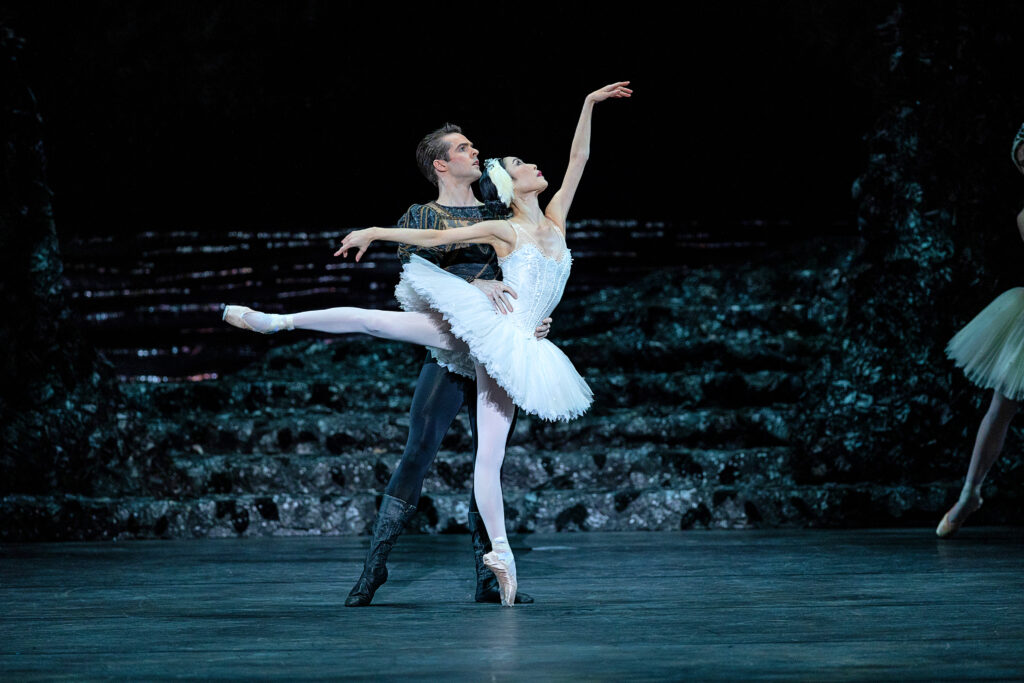
“One thing you won’t get from me is being predictive,” Acosta says. “We take adventures, we take risks, we’ll do a non-balletic thing because that’s where we need to build the audience. We are building a brand that is now. It’s exciting. It’s pushing boundaries.”
And it’s working. Tickets are already sold out for the September premiere of Black Sabbath—the Ballet, set to music by the Birmingham-based heavy metal band of the same name. Choreographed by Pontus Lidberg, the new work will include eight original tracks by Black Sabbath, as well as new orchestral compositions performed live by the Royal Ballet Sinfonia. In addition to tapping into the city’s pride as the birthplace of heavy metal, the ballet has won support from Black Sabbath band members, including lead guitarist Tony Iommi, a Birmingham resident who performed alongside BRB at the opening of the 2022 Commonwealth Games.
Acosta’s energy infuses the organization, as does his ability to connect with people who might not normally consider themselves ballet audiences.
“You can imagine the reaction when he came to the city,” Holder says. “He was asked to speak to people and attend all kinds of functions, all over the place.”
Miller says when Acosta wants to do something, no one says ‘You can’t do that.’ “Instead we all pull together and see how we can make it happen. I think people are starting to notice. I think it’s our moment.”
Birmingham Royal Ballet At A Glance
Length of contract: Permanent
Number of dancers: 58–60
Pay: £20,000–£65,000, with some exceptions for principals
Number of performances: 140–175 per year
Audition info: No set auditions. Positions open when another dancer leaves or retires.
BRB2: The 12-dancer second company, for dancers ages 18–22, offers a two-year contract for six selected dancers each year. Carlos Acosta and assistant director Dominic Antonucci will be seeking talent from the Royal Ballet School and around the world.
